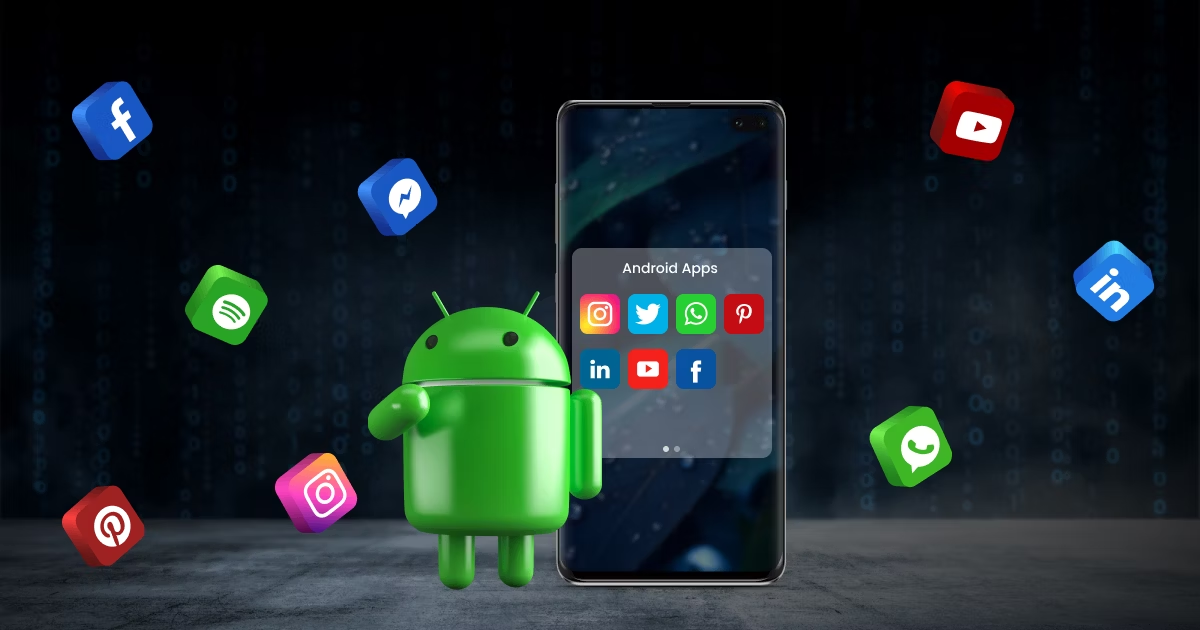What Are Mobile App Version Development Requirements?
Introduction
In present-day rapid-shifting global cellular app development, preserving an updated app is important for ensuring consumer pleasure, protection, and compatibility with evolving technology. Every update needs to meet specific technical and commercial enterprise requirements to enhance overall performance, safety, and personal enjoyment. This blog explores the essential cell app model improvement necessities, covering planning, technical elements, testing, and compliance.
Why Mobile Apps Need Version Updates
Updating a mobile application is essential for keeping functionality and consumer engagement. Bug fixes help remedy technical glitches and safety vulnerabilities, which can impact performance. Feature upgrades introduce new talents, making the app more useful and attractive. Security improvements ensure the app remains covered against cyber threats and potential breaches. Performance optimization improves speed, responsiveness, and efficiency, resulting in a smoother consumer experience. Compliance with app store regulations and working with gadget updates ensures that the app remains useful and accessible to users on diverse platforms.

Planning for App Version Development
Before beginning a new edition update, making plans is important. A thorough requirement evaluation facilitates identifying user comments, computer virus reviews, and function requests that must be addressed. Establishing a versioning method differentiates between foremost updates that introduce new functionalities, minor updates that beautify existing capabilities, and patch updates that solve precise troubles. A nicely described improvement roadmap sets an established development and launch timeline, ensuring efficient task control. Collaboration between developers, designers, testers, and business groups guarantees that every replacement aspect aligns with personal expectations and enterprise goals.
Technical Requirements for Mobile App Updates
Ensuring clean improvement and deployment involves addressing a couple of technical elements. Platform compatibility is crucial for retaining seamless capability across Android, iOS, or go-platform frameworks, requiring updates to dependencies that align with modern operating device versions. Codebase protection performs a key function in enhancing efficiency by refactoring code, optimizing app structure for scalability, and imposing modular coding practices for easier future changes.
UI/UX upgrades contribute to a stepped-forward consumer experience by incorporating cutting-edge design traits, ensuring responsiveness across diverse display sizes, and accomplishing A/B testing to evaluate usability modifications. Security measures are vital in protecting consumer information and app integrity, consisting of encryption for record security, up-to-date authentication methods including biometric login and two-factor authentication, and identifying vulnerabilities through penetration testing. Performance optimization involves decreasing the app loading time, improving database query efficiency, and implementing techniques like lazy loading and caching mechanisms to enhance universal responsiveness.
Testing and Quality Assurance
A robust checking-out procedure is essential for ensuring a malicious program is loose and seamless for consumers to enjoy. Unit testing verifies character app additives to detect and remedy errors early within the development system. Integration testing ensures that diverse modules work together without trouble. UI/UX evaluates the person interface for functionality and simplicity of use, ensuring that any modifications beautify as opposed to preventing usability. Performance checking measures load handling and app velocity to detect and fasten any inefficiencies. Security checking out is performed to find vulnerabilities and to avoid capacity information breaches. User acceptance checking out gathers actual-user remarks to ensure the update meets costumer expectations before the final deployment.
Compliance and Legal Requirements
Adhering to prison and regulatory suggestions is essential to avoid penalties and ensure a smooth launch process. Compliance with app save guidelines set using Google Play Store and Apple App Store is vital to satisfy submission requirements. Data privacy regulations such as GDPR and CCPA, must be followed to shield user statistics and maintain belief. Third-party API compliance must be reviewed to ensure seamless integration with outside offerings, preventing capability problems and maintaining prison adherence.
Deployment and Post-Release Monitoring
The new version is ready for release once the development and testing phases are completed. The deployment process involves creating a release build, ensuring proper versioning, and submitting the app to the store with well-documented release notes. A phased rollout approach allows for the monitoring of early adopters’ feedback and the detection of any unforeseen issues before a full-scale deployment.
Post-release monitoring is crucial for maintaining the app’s stability and performance. Tracking crash reports using analytics tools like Firebase and Crashlytics helps developers identify and resolve issues promptly. Collecting user feedback through app reviews and ratings provides insights into areas of improvement. Analyzing performance metrics allows a better understanding of app usage trends and engagement levels, ensuring continuous optimization for future updates.

